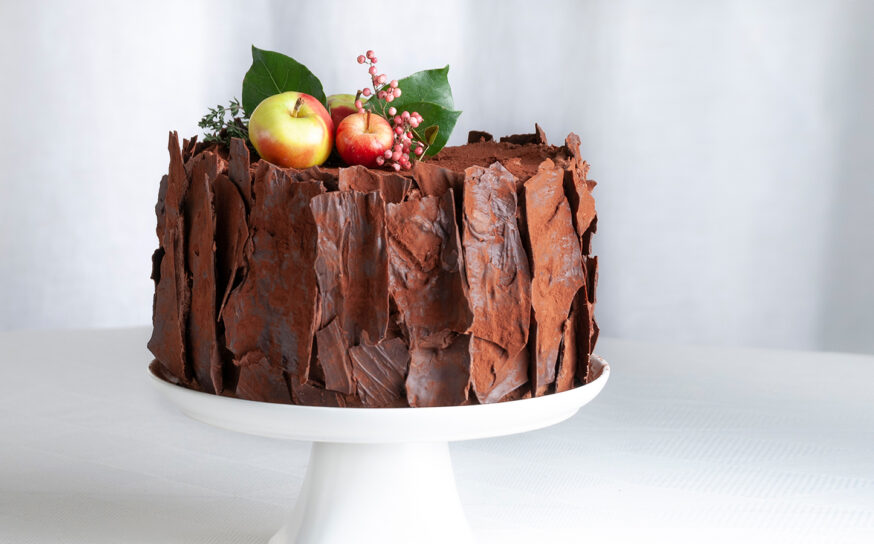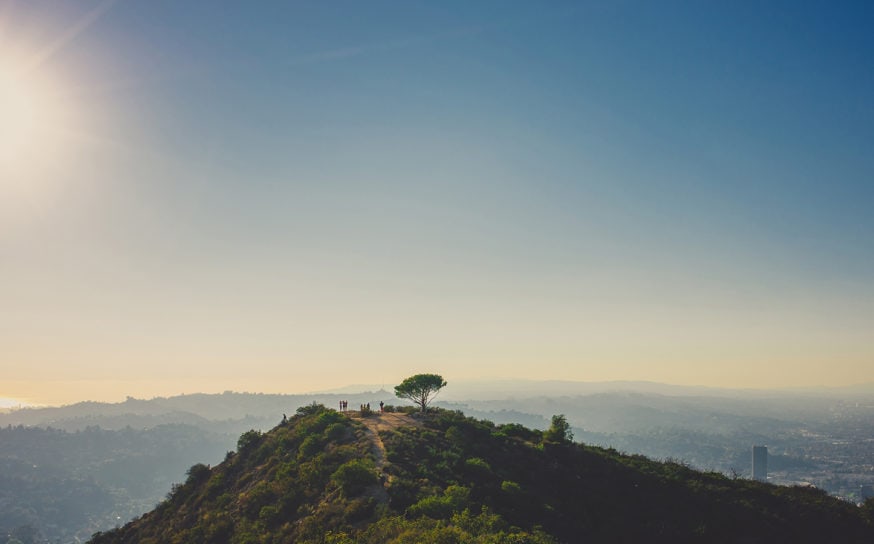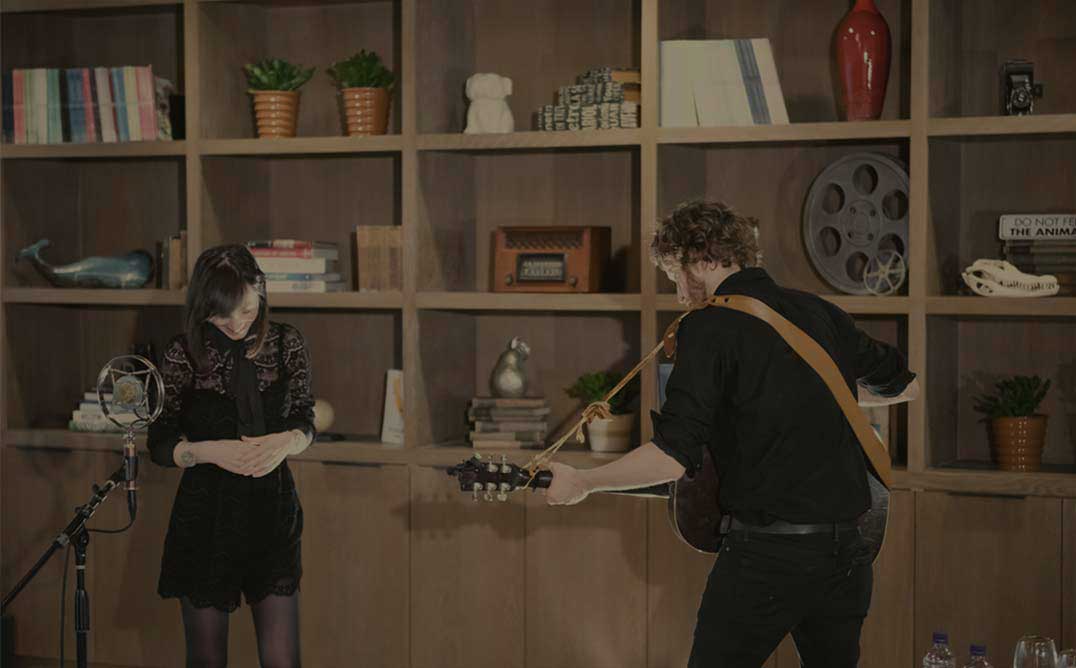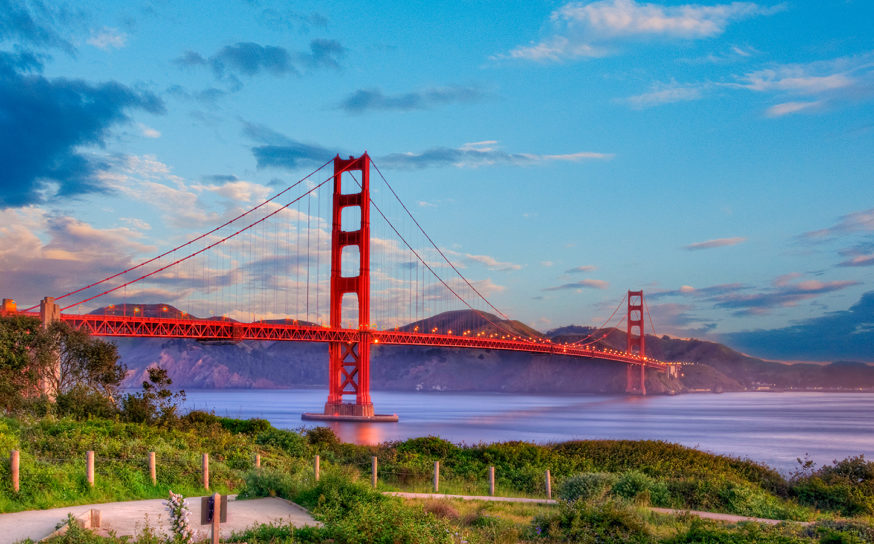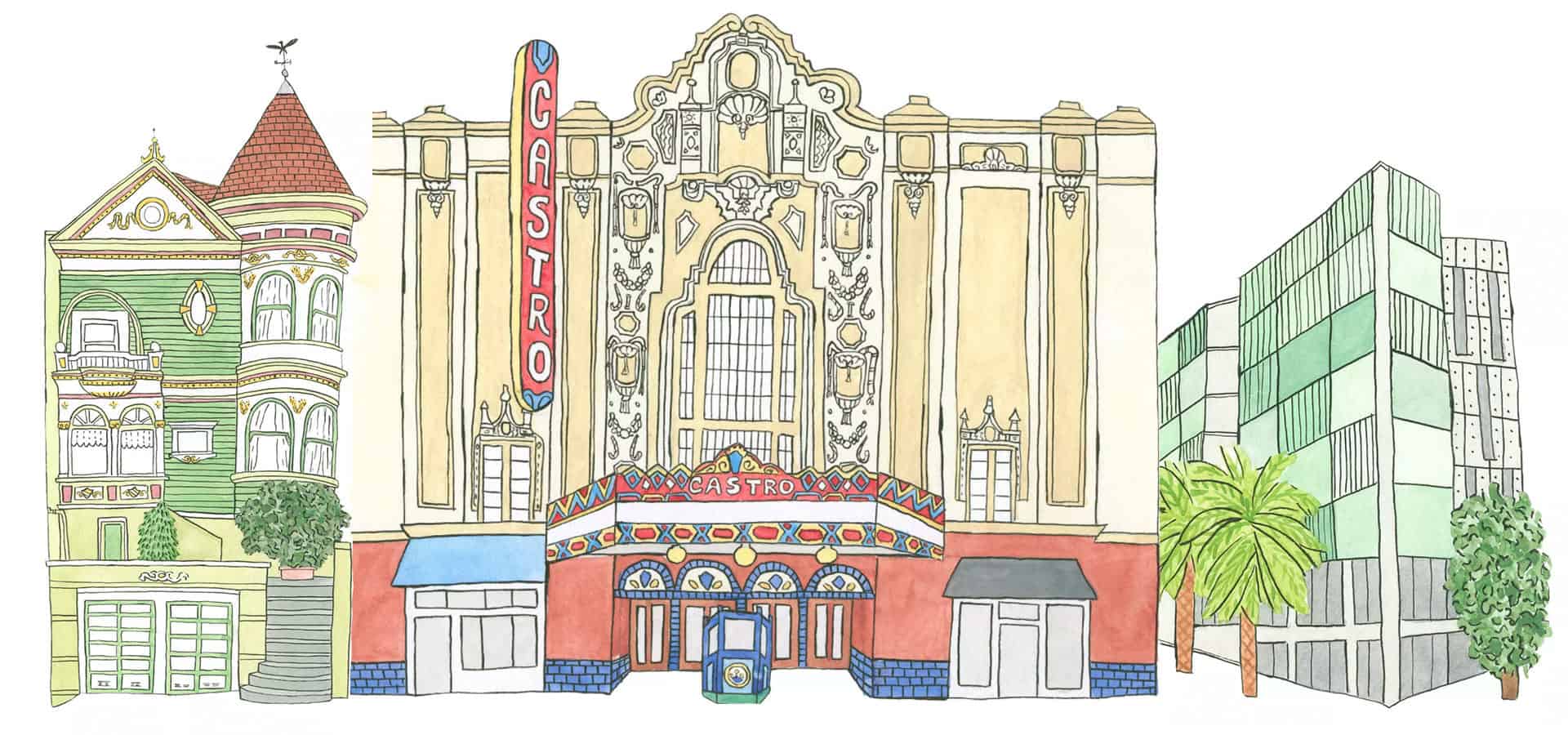
A Visual Guide to San Francisco’s Incredible Collection of Architecture Styles
It’s much more than just Victorian heaven.
-
CategoryHomes + Spaces
After the 1906 earthquake devastated San Francisco, builders were presented an opportunity to rebuild the City by the Bay with a strong Victorian identity popular at the time. But over the coming century, the city would see a variety of architectural movements make a permanent mark on the landscape, resulting in one of the most eclectic and exciting metros in the country. SF Curbed recently offered an illustrated guide to the many kinds of structures you might see throughout the city. We give you a few highlights:
Queen Anne
“While the Victorian is the most prevalent type of architecture in the city, which refers to the reign of Queen Victoria (1837–1901), it contains a multitude of styles. One of the most exquisite is the Queen Anne variety. The Painted Ladies, a row of Queen Anne homes in Alamo Square from the late 1800s, have long been the celebrities of San Francisco architecture. They feature flamboyant colors, elaborate gingerbread trim, bay windows, and the occasional turret. Other styles that fall under the Victorian umbrella: Gothic Revival (see below), Italianate (signature roof brackets), and Eastlake (lots of millwork) all have strong representation in San Francisco.”
Mission Revival
“Feeding into a romanticized vision of early California, Mission Revival is among various Spanish-flavored revivals that started to gain a wide following in the early 1900s. At the Presidio, a historic military base that occupies the city’s northern edge, a barracks at Fort Scott has the rounded bell gables, red tile roofs, flat stucco walls, and long arcade of Mission Revival. Architects also opted to work in the more elaborate Spanish Colonial Revival or Mediterranean Revival styles to create some of the city’s fanciest homes. This style can also be found at the Castro Theatre, one of Timothy Pfleuger’s most popular buildings.”
Contemporary
“The advent of computer modeling has allowed architects to generate buildings with decidedly irregular structures, exploring jagged, tilting angles and organic curves. In 2005, Herzog and de Meuron’s de Young Museum, which has a torqued tower and perforated copper facade, heralded the next generation of architectural creativity in San Francisco. Renzo Piano’s remodel of California Academy of Sciences and Snohetta’s bulging addition to SFMOMA and Stanley Saitowitz’s 8 Octavia are more recent additions.”
Get the full picture here.
Our Food Stylist Picks 6 Must-Have Items for Your Favorite Baker
From our kitchen with love.
Summer’s Just Getting Started in the Mountain Towns of Southern California
Crystals, canoes and Big Bear … oh my.



